There is no doubt that skiing off piste in the Alps is much more serious and dangerous than in most other lift-served ski resorts on the planet. Known in Europe as “Freeriding”, the moment you leave the prepared runs, there are many more objective hazards and ways to die. It goes without saying, but of course you should have all the proper gear (beacon, probe, shovel, and airbag during winter months) and know how to use them. Just as importantly, it is imperative to be extra mountain savvy whenever leaving the piste.
I have developed something I call the Freeride Index that allows me to assess each descent. It is based on three criteria: Visibility, Stability, and Conditions, each with a 1 to 3 rating. I need to have all three criteria lining up before I put it in 4th or 5th gear. Let’s take a look at each, shall we?
Criteria #1: Visibility
As an aging ski bum, visibility has become more of a concern than during my younger ski days. I’ve even implemented a rule of downloading if the viz is really bad. Furthermore, many pro ski friends (Uncle E, Dr Smooth, etc.) who have sustained injuries over the years, did so with flat light and bad visibility conditions. You can be the greatest skier in the world, but if you can’t see well, you are taking an unnecessary risk. In the Alps, this is further compounded by the fact that most of the skiing is done above tree line in the alpine.
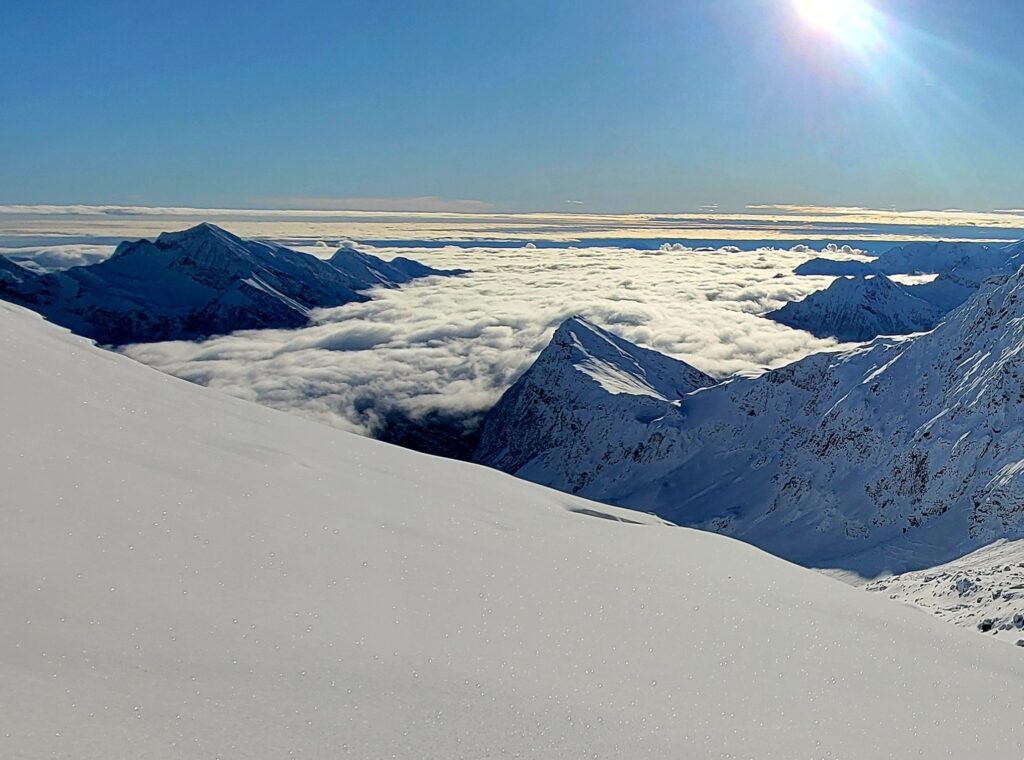
Rating scorecard
1 – Pea soup, socked in, gloomy, braille skiing
2 – Flat light, graybird, sun mostly obscured, high cloudiness
3 – Bluebird, cloudless, high sun angle
Criteria #2: Stability
Obvioulsy one of the biggest dangers of Freeriding in the Alps is snowpack stability. In most cases, when you leave the marked piste runs, the slopes are not controlled. Further adding to the danger, many slopes are grassy (good for low snow cover but have no anchors) and many terrain traps exist. Additionally, since the Alps have such big vertical drops (descents of over 3,000′ are not uncommon), you can encounter more than one type of snowpack on the same run. Also, with the exception of the Maritime Alps, most of the range receives a mostly inter-continental snowpack.
Typically speaking, anything more than 6-8 inches of new snow requires me to really focus on stability. I feel confident in my snow safety mitigation abilities to manage less than that amount even if the snow is active. This is especially true by eliminating skiing over exposure.
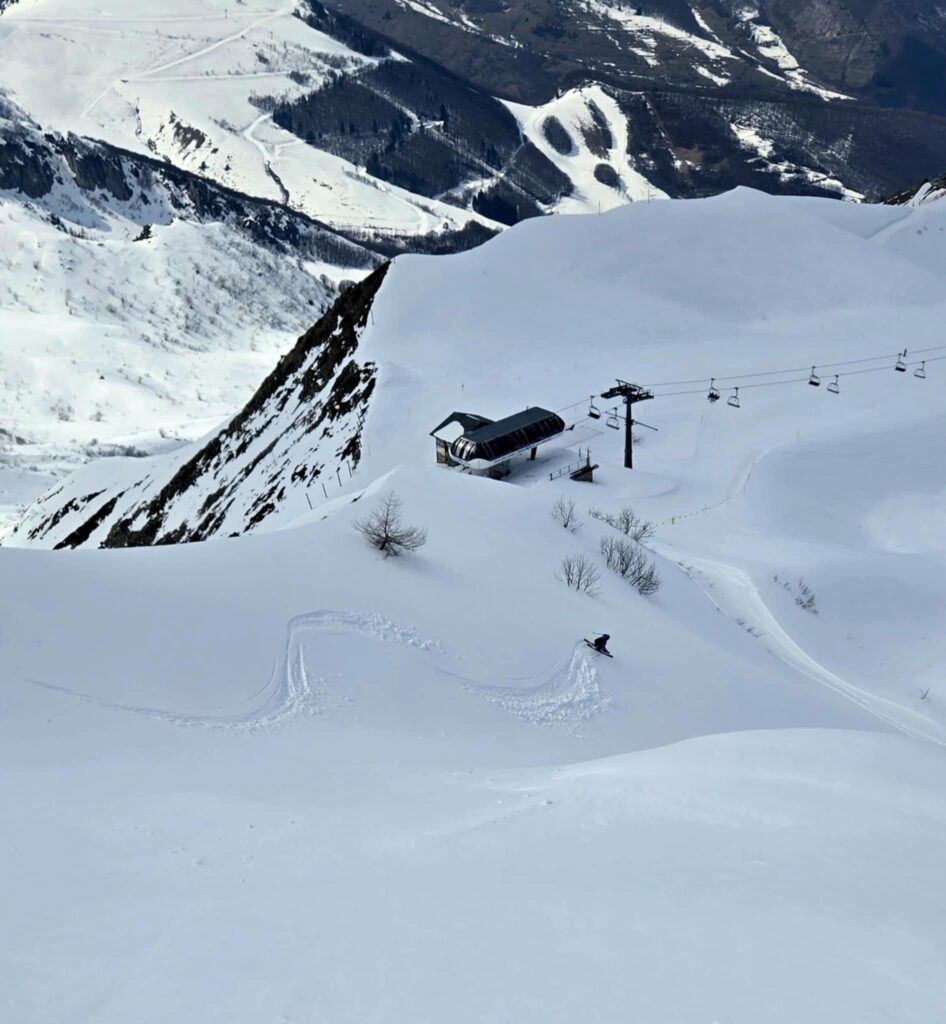
Rating scorecard
1 – High/Extreme avalanche rating, sensitive snowpack/shooting cracks, ongoing loading event, recent signs of instability, rapid warming
2 – Considerable rating, some signs of small instability, little to no loading event
3 – Low/moderate rating, no recent signs of instability, no loading event, no rapid warming
Stability Pro Tip #1: After a fresh snowfall of more than 6-8 inches, I will often use a small and inconsequential test slope. I try to get a feel for the snow, how it is bonding, if there is any surface movement, etc. At my home ski resorts, I have identified several user-friendly test slopes. And while skiing a new area, I try to take note of potential test slopes ahead of needing them. The last thing I want to do is put myself in a higher risk situation before having good confirmation that the snow is stable.
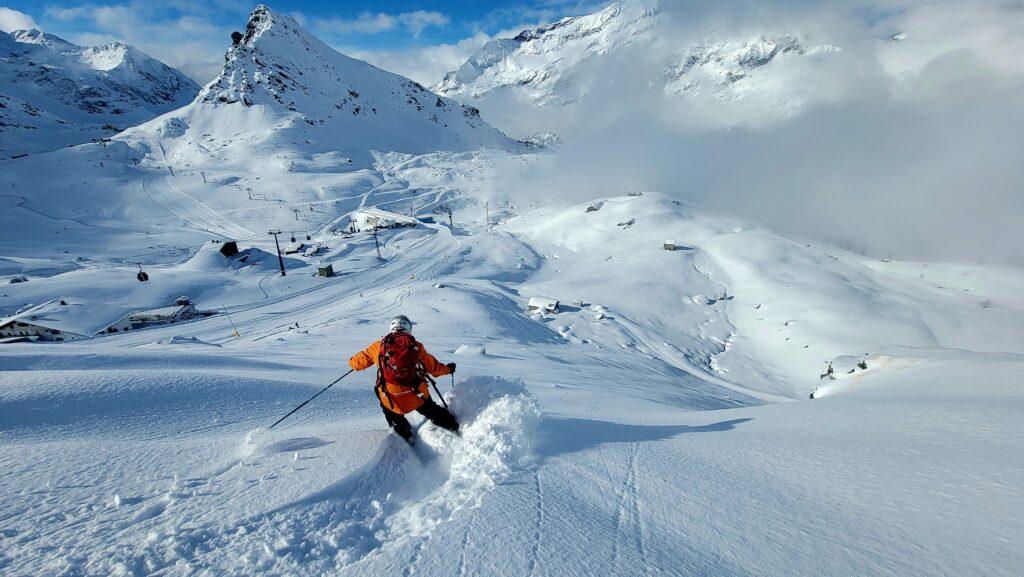
Stability Pro Tip #2: At many ski resorts throughout the Alps (and other ski ranges), GazEx have been installed to protect the slope. While they may not be 100% safe, you can rest assured they have been controlled and the likelihood of an avalanche, especially stepping down to a deeper layer, is way less than an uncontrolled slope. If stability is a concern, look for a slope with a GazEx on it.
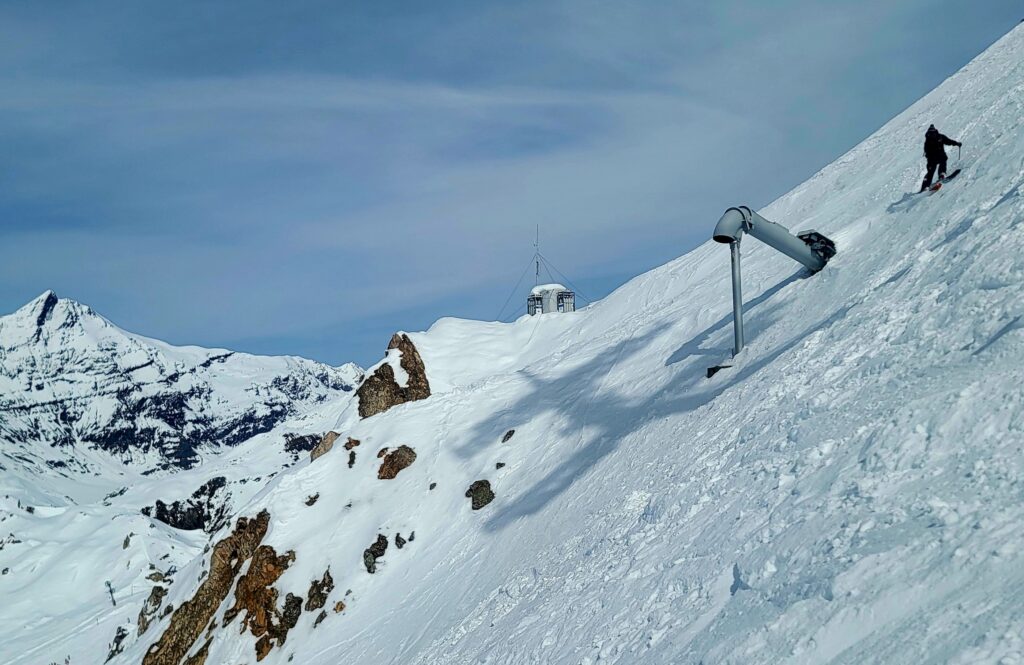
Criteria #3: Conditions
Rounding out the criteria trifecta are the actual conditions. As seasoned skiers, we pride ourselves on finding the best snow on any given days. While some people say there is no bad snow, only bad skiers, I still seek out the most user-friendly conditions. I always choose snow quality over terrain choice. I’d rather ski a chute that is protected with good snow over a wide-open bowl that has a sun or wind crust.
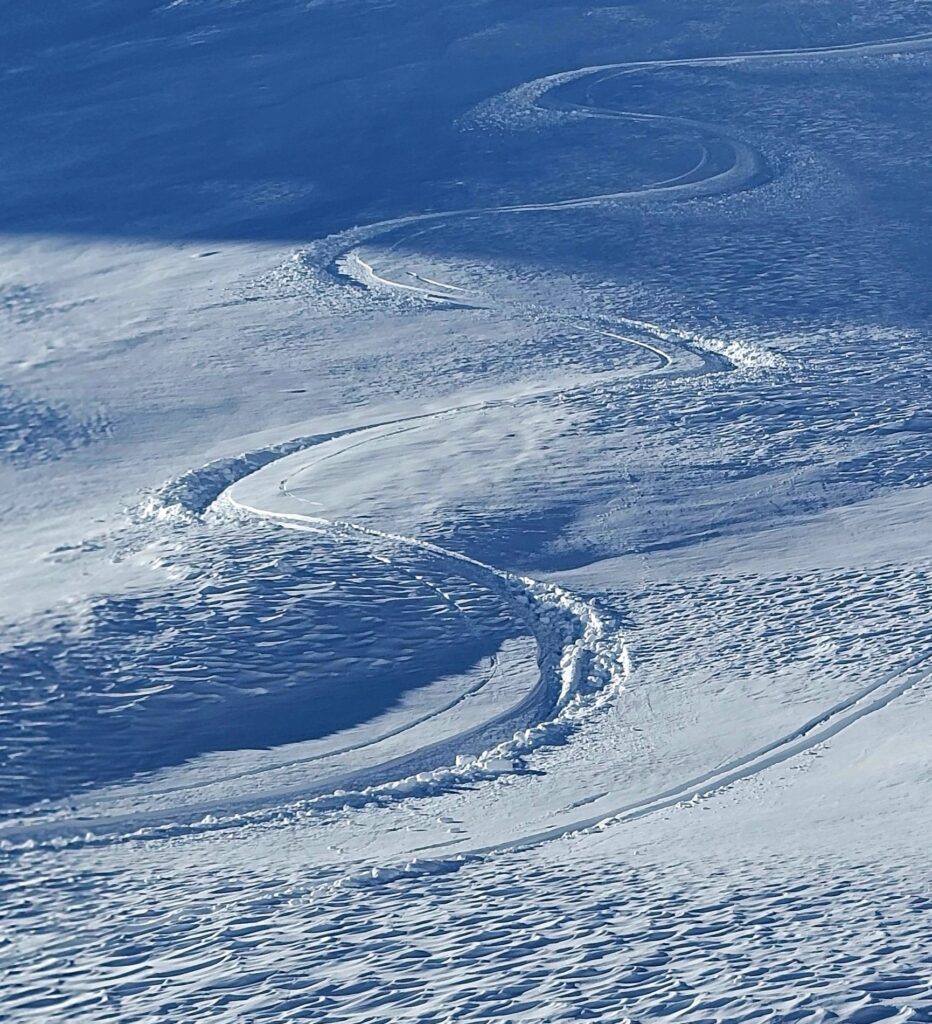
Rating scorecard
1 – Ultra firmpack, super variable, unconsolidated mank, breakable/heinable crust
2 – Leftover/stale powder, firm but carveable, slightly variable, porn snow
3 – Perfect powder, premium grade corn, windbuff/board, chalk, schmoo (boot top or less)
Adding It All Up
Thankfully you don’t have to be a mathemitician to tally up the rating. For me, if it’s a 8 or 9, I will get extra postage and send it. Conversely, if the rating is lower down the Freeride Index, I will ski more conservatively. Thanks to 4,000+ ski days under my belt, if things aren’t lined up correctly, I’m perfectly comfortable backing off the pedal. At this stage of my ski career, I never force the issue, wish the conditions good, and/or try to ski a round peg into a square hole.
The next time you are in the Alps, standing on top of an off-piste slope and about to Freeride, I invite you to rate your descent and let it dictate your level of attack mode.
Good advice
Very useful ! Thanks for sharing your knowledge and observations about Freeriding in the Alps !
Great idea! Luckily my phone has a calculator 🤣